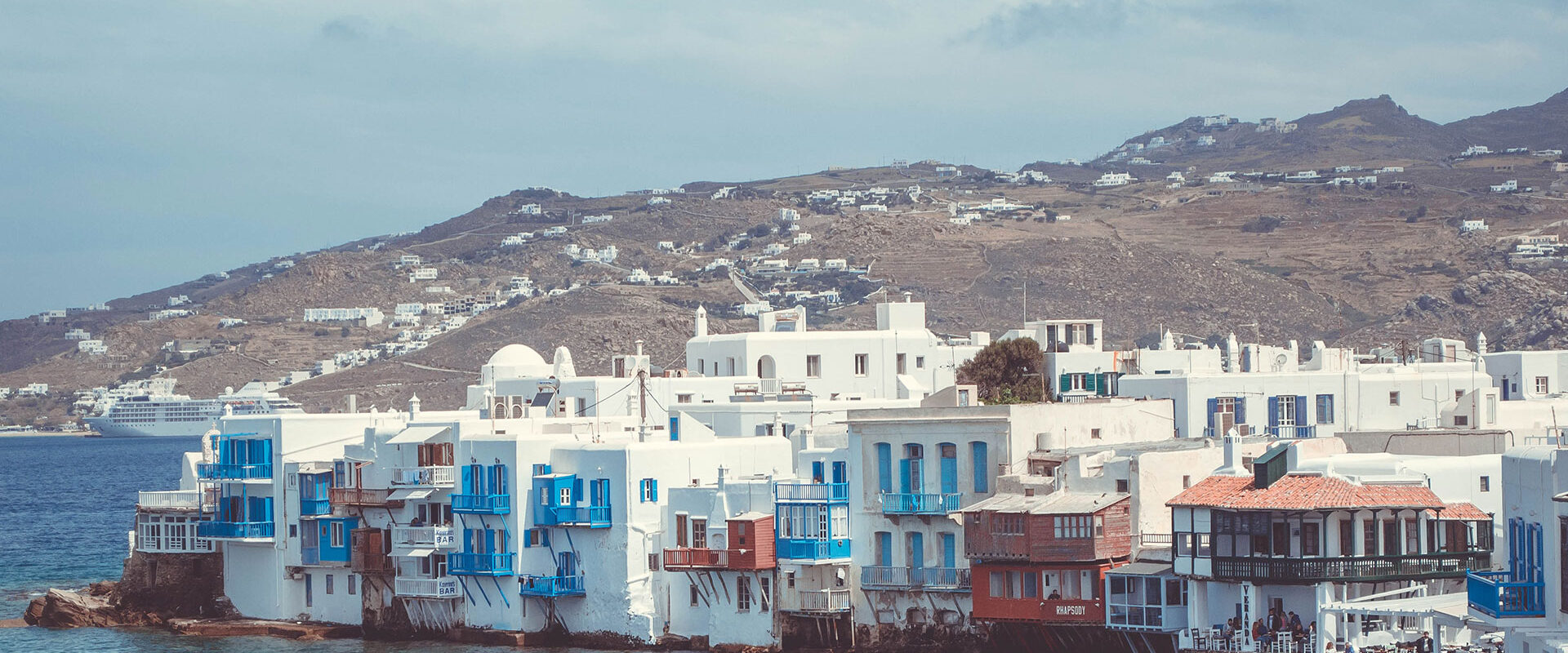
Mykonos
Mykonos, or Mukene (Greek: Μύκονος) in Turkish, is an island in the Cyclades in the Aegean Sea. With an area of 85 km², the island had a population of 10,134 in 2011.
The nickname of Mykonos is “Island of Winds” due to the very strong winds blowing on the island.[1][2]
history
Mykonos came under the control of the Romans during the Roman Empire, then became part of the Byzantine Empire until the 12th century. With the fall of Constantinople in the Fourth Crusade in 1204, Mykonos was occupied by Andrea Ghisi. The island was devastated by the Catalans at the end of the 13th century, and in 1390 it was given directly to Venetian rule.
In 1537, while the Venetians were still ruling, Mykonos was attacked by the Admiral of Suleiman the Magnificent, Barbaros Hayreddin, and an Ottoman fleet settled on the island. When Tinos Castle fell into the hands of the Ottomans in 1718, the last Venetians withdrew from the region.
As a result of maritime and trade activities, the island’s economy developed rapidly. However, it declined again at the end of the 19th century, especially after the opening of the Corinth Canal in 1904 and after World War I at the beginning of the 20th century. Many island residents immigrated to mainland Greece and to many foreign countries, especially the United States, to find work and left the island.[3]
Geography
Mykonos is located on the Aegean Sea, 150 kilometers east of Athens. It has an area of 85.5 square kilometers. Its highest point is 341 meters high. There are no rivers on the island, but there are many seasonal streams.
Transport
Mykonos Airport is located 4 kilometers southeast of Mykonos Town and serves international flights during the summer months. Flights from Athens to Mykonos take 25 minutes.